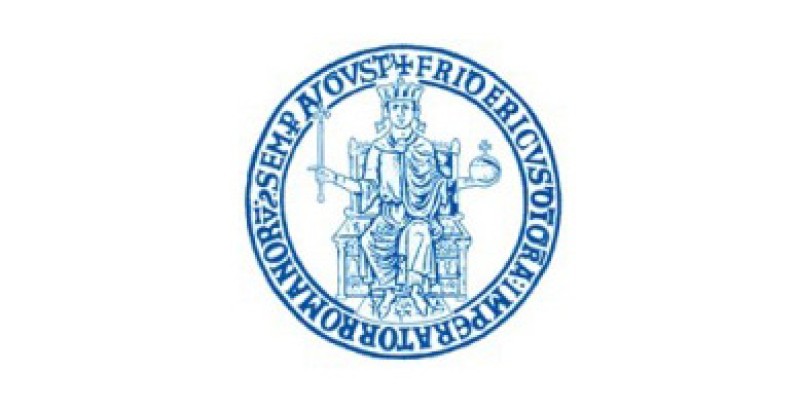Sub-theme 66: Diversity and Power in Organization [merged with sub-theme 60]
Call for Papers
The effects of diversity in organizations are often analyzed in terms of power (Jackson et al., 2003): intergroup
power relations, social inequality, differentiated access to organizational resources and decision-making and status distinction
(Di Tommaso et al., 2007). Research on gender has illustrated the relevance of power in understanding the implications of
diversity for men and women in organizations. Given that men are traditionally associated with higher status and/or leadership
roles, gender diversity has been shown to result in empowerment and privileged access to valued resources for men and disempowerment
and limited access to resources for women (Cohen & Zhou, 1991; Linnehan & Konrad, 1999; Ragins & Sundstrom, 1989;
Tsui et al., 1992). The image of power in organizations incorporates attributes of the dominant group, while stereotypes associated
with minority groups are distorted, incorporating characteristics that are antithetical to dominant's perception of power,
such as weakness or lack of competence (Ragins, 1995). Inaccurate perceptions of competence invoke deference in lower status
of minorities and deplete their future ability to change status associations and develop power (Berger & Zelditch, 1985;
Ridgeway & Correll, 2006).
Power has also been a theoretical lens to understand the implications of diversity
on team decision-making and creativity (Aime et al., 2014). Prior research has demonstrated that inequalities in team members'
power diminish team performance, interrupt the flow of information and also divert team members' attention from key tasks
(Sessa & Jackson, 1995). Power is not exclusively a group-level concept. Interpersonal relationships, for instance those
occurring between leaders and subordinates or between mentors and mentees, involve power dynamics among individuals.
However, while much work has been done on power in sociological and psychological research, theoretical and empirical
studies addressing diversity in terms of power disparities are surprising rare in management research (Di Tomaso et al., 2007;
Ahonen et al., 2014). In order to overcome this shortcoming, we invite colleagues to submit both theoretical and empirical
research developing new ideas and links between diversity management and power in organizations.
Submitted papers may address, but are not limited to, the following questions:
- How do power dynamics influence diversity management at work?
- How are power and perceived competence interlinked in diversity management initiatives?
- How do intragroup power dynamics influence team decision-making and performance?
- How do intergroup power dynamics influence diversified dyad relationships?
- How is the power perspective influenced by the different socio-cultural contexts?
- How important is the interdisciplinary approach to the study of power in diversity management?
- Do current theories properly address the implications of power dynamics on diversity management and if not, what novel perspectives can be proposed?
- Do current methodologies sufficiently address the influence of power dynamics on diversity management, or are new approaches necessary?
- How do diversity management initiatives influence power dynamics in organizations?
References
- Ahonen, P., Tienari, J., Meriläinen, S., & Pullen, A. (2014): "Hidden contexts and invisible power relations: A Foucauldian reading of diversity research." Human Relations, 67 (3), 263-286.
- Aime, F., Humphrey, S., Scott Derue, D., Paul, F.B. (2014): "The riddle of heterarchy: Power transitions in cross-functional teams." Academy of Management Journal, 57 (2), 327–352.
- Berger, J., & Zelditch, M. (1985): Status, Rewards, and Influence. San Francisco: Jossey-Bass.
- Blalock, H.M. (1967): Toward a Theory of Minority-Group Relations. New York: Wiley & Sons.
- Cohen, B.P., & Zhou, X. (1991): "Status processes in enduring work groups." American Sociological Review, 56, 179–188.
- Di Tomaso, N., Post, C., & Parks-Yancy, R. (2007): "Workforce diversity and inequality: Power, status, and numbers." Annual Review Sociology, 33, 473–501.
- Jackson, S.E., Joshi, A., & Erhardt, N.L. (2003): "Recent research on team and organizational diversity: SWOT analysis and implications." Journal of Management, 29 (6), 801–830.
- Linnehan, F., & Konrad, A.M. (1999): "Diluting Diversity: Implications for Intergroup Inequality in Organizations." Journal of Management Inquiry, 8 (4), 399–414.
- Ragins, B.R. (1995): "Diversity, Power, and Mentorship in Organizations. A Cultural, Structural, and Behavioral Perspective." In: M.M. Chemers, S. Oskamp & M.A. Costanzo (eds.): Diversity in Organizations: New Perspectives for a Changing Workplace. Thousand Oaks: SAGE Publications, pp. 91–132.
- Ragins, B.R., & Sundstrom, E. (1989): "Gender and power in organizations: A longitudinal perspective." Psychological Bulletin, 105 (1), 51–88.
- Ridgeway, C.L., & Correll, S.J. (2006): "Consensus and the Creation of Status Beliefs." Social Forces, 85 (1), 431–453.
- Sessa, V.I., & Jackson, S.E. (1995): "Diversity in decision-making teams." In: M.M. Chemers, S. Oskamp & M.A. Costanzo (eds.): Diversity in Organizations: New Perspectives for a Changing Workplace. Thousand Oaks: SAGE Publications, pp. 133–157.
- Tsui, A.S., Egan, T.D., & O'Really, C.A. (1992). "Being different: Relational demography and organizational attachment." Administrative Science Quarterly, 37 (4), 549.
- Wilson, W.J. (1973): Power, Racism, and Privilege: Race Relations in Theoretical and Socio Historical Perspectives. New York: Macmillan.


